The Irish signage is alive and kicking with Trevor Finnegan's Our Type project
Trevor Finnegan, the founder of Revert Design is on a mission to document Ireland’s disappearing shopfronts and signage through his inspiring typographic project aptly titled “Our Type”.
Finnegan’s project started over seven years ago as a photographic archive of Ireland’s disappearing visual language.
“Our Type is an ongoing photographic project documenting the disappearing shopfronts, signage and typography of Ireland's towns and villages. Across Ireland, we have many towns and villages that retain their rich traditions of vernacular signage. Unfortunately, the fate of these shopfronts is being threatened by the uniformity of the corporate multi national stores, which ignores and subverts local history and tradition” notes Finnegan.
By highlighting their design and typographic traditions which are unique to Ireland, the projects aim is for people to recognise the importance of the 'Traditional Shopfront' in Ireland's society and support these disappearing trades in our local communities.
“Look around any Irish city, town or village and you will find something that makes it unique: The shopfronts. With the exception of chain stores, each Irish shopfront is different. The beauty of these pieces of commercial art is that on closer inspection you will see beautifully hand crafted details which include carpentry, carved mouldings and corbels, hand painted signage, painted carved block letters, etched glass and tiling” he says.
“I began to notice around the time of the Celtic Tiger that many of Ireland’s towns and villages were starting to change rapidly and many of the traditional shopfronts and signage were being replaced with your everyday chain stores that are seen everywhere across Ireland today. It was pretty sad to see this as we have a very unique style of shopfront here in Ireland that is completely different to that of the rest of Europe and even Britain” Finnegan told The Locals.
“I have had a keen interest in old signage and typography from an early age through my dad's collection of enamel advertising signs which he collected and displayed on our garage wall at home” notes Finnegan.
So pack your bags and explore the Irish signage and its many tales from the West Cork through Kerry and Limerick or the northern counties of Donegal and Cavan where Gaelic spelling ruled.
Gaelic type (sometimes called Irish character, Irish type, or Gaelic script) is a family of insular typefaces devised for printing Classical Gaelic.
It was widely used from the 16th until the mid-18th century (Scotland) or the mid-20th century (Ireland) but is now rarely used. Sometimes, all Gaelic typefaces are called Celtic or uncial although most Gaelic types are not uncials. The Anglo-Saxon types of the 17th century are included in this category because both the Anglo-Saxon types and the Gaelic/Irish types derive from the Insular manuscript hand.
Typesetting in Gaelic script remained common in Ireland until the mid-20th century, yet today Gaelic script is used merely for decorative typesetting.
In 1996 Raidió Teilifís Éireann (RTÉ) created a new corporate logo. The logo consists of a modern take on the Gaelic type face. The R's counter is large with a short tail, the T is roman script while the E is curved but does not have a counter like a lower case E, and the letters also have slight serifs to them. TG4's original logo, under the brand TnaG, also used a modernization of the font, the use of the curved T and a sans-serif A in the word "na".
Other Irish companies that have used Gaelic script in their logos including the GAA, Telecom Éireann and An Post. The Garda Síochána uses Gaelic Script on its official seal.
Finnegan started an Instagram where he posts the photos of the project and he is in the process of producing a book called Our Type.
Enter this typographic travelogue here.
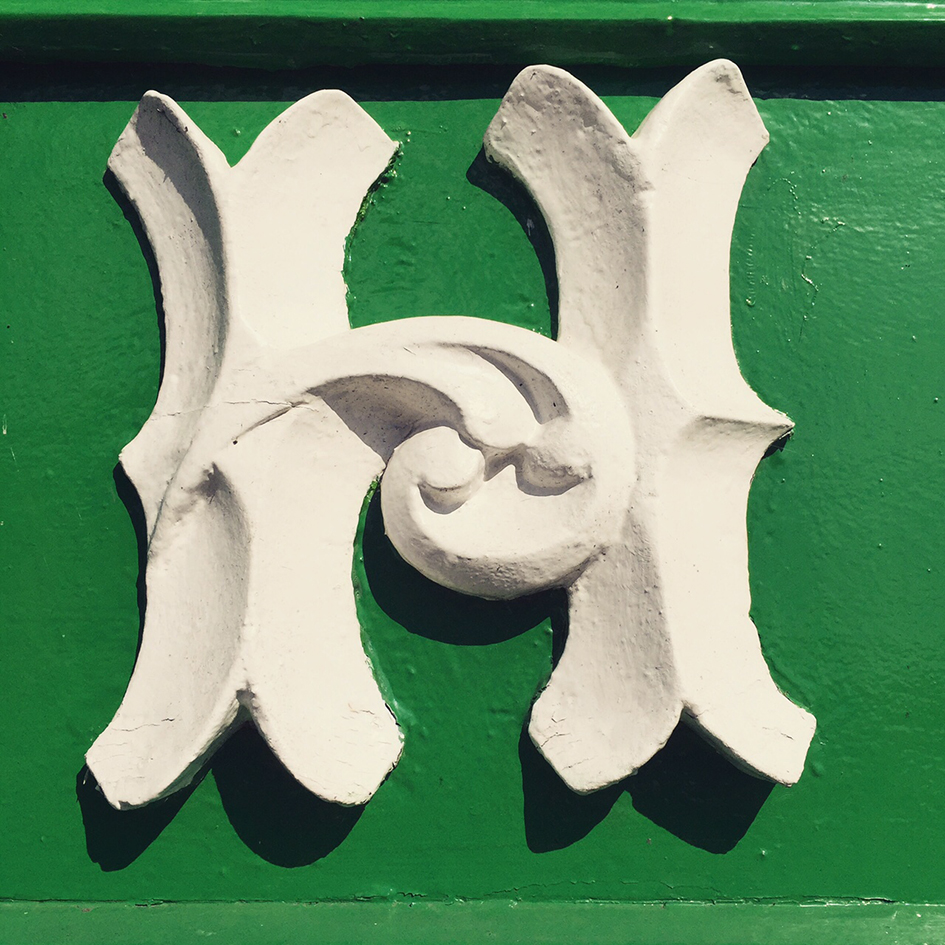
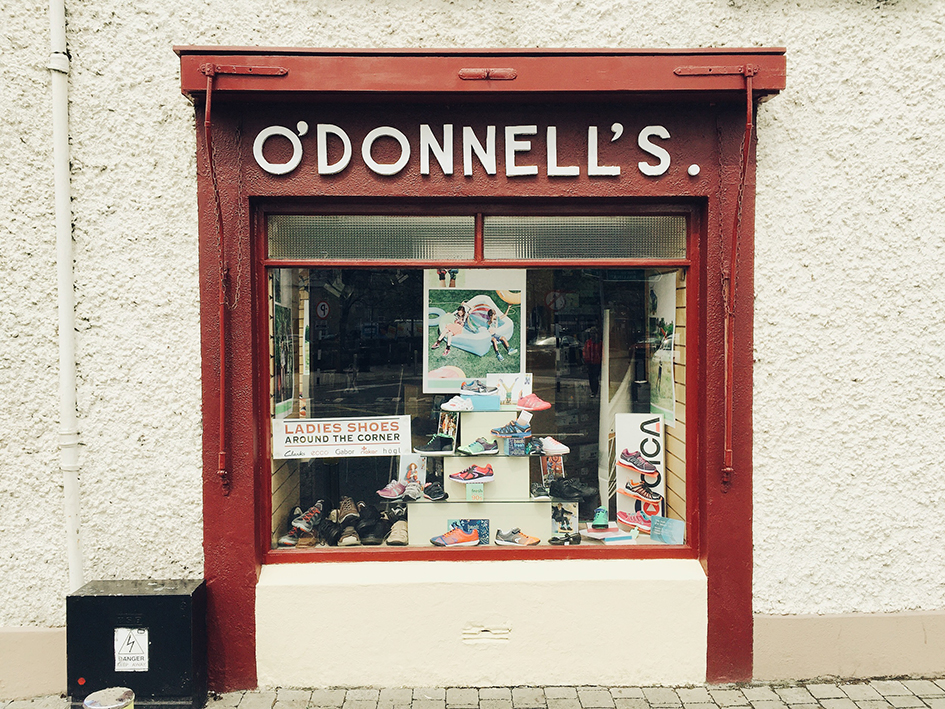
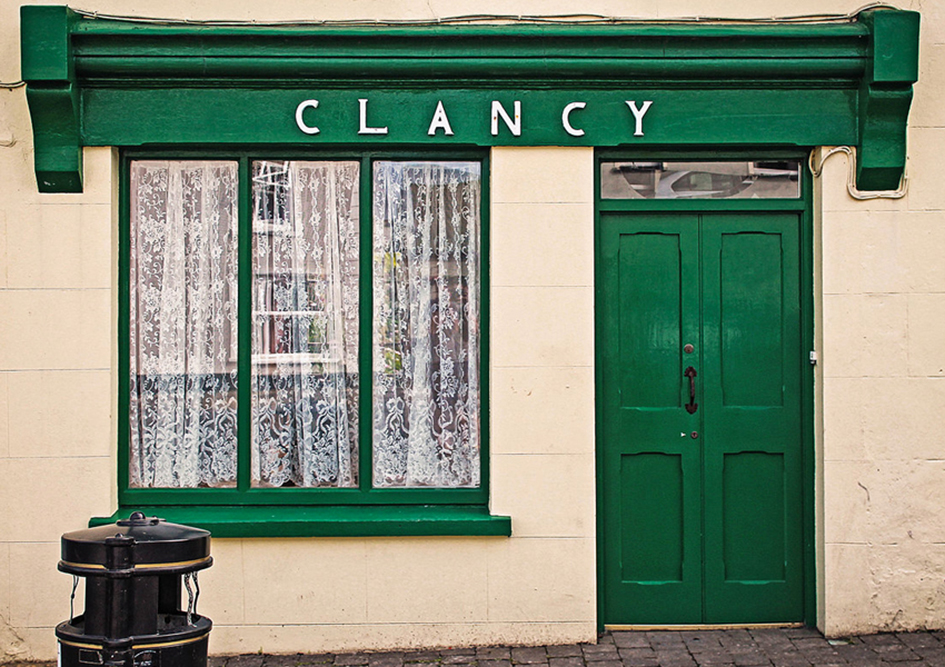

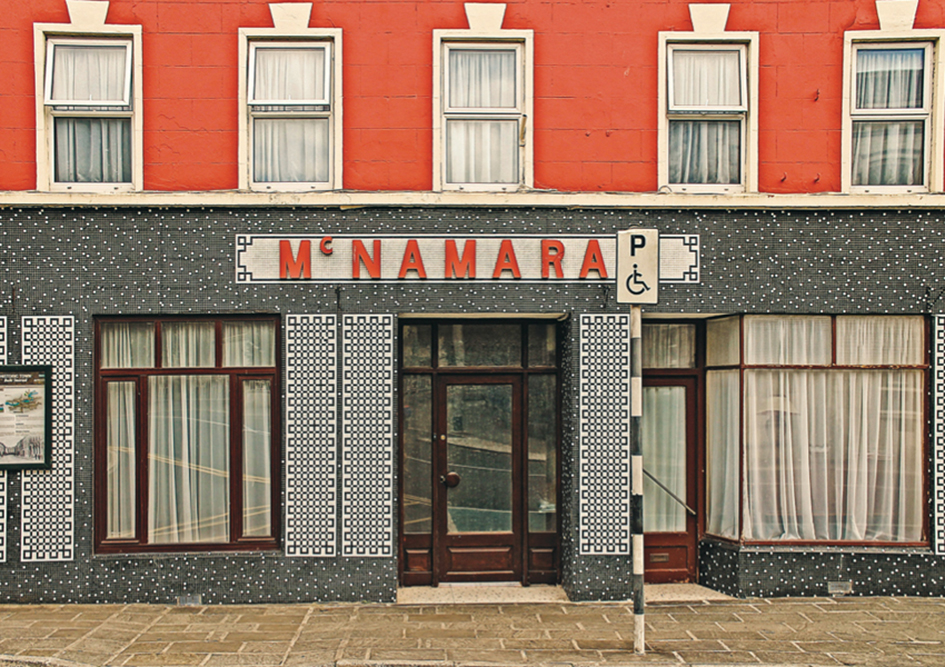
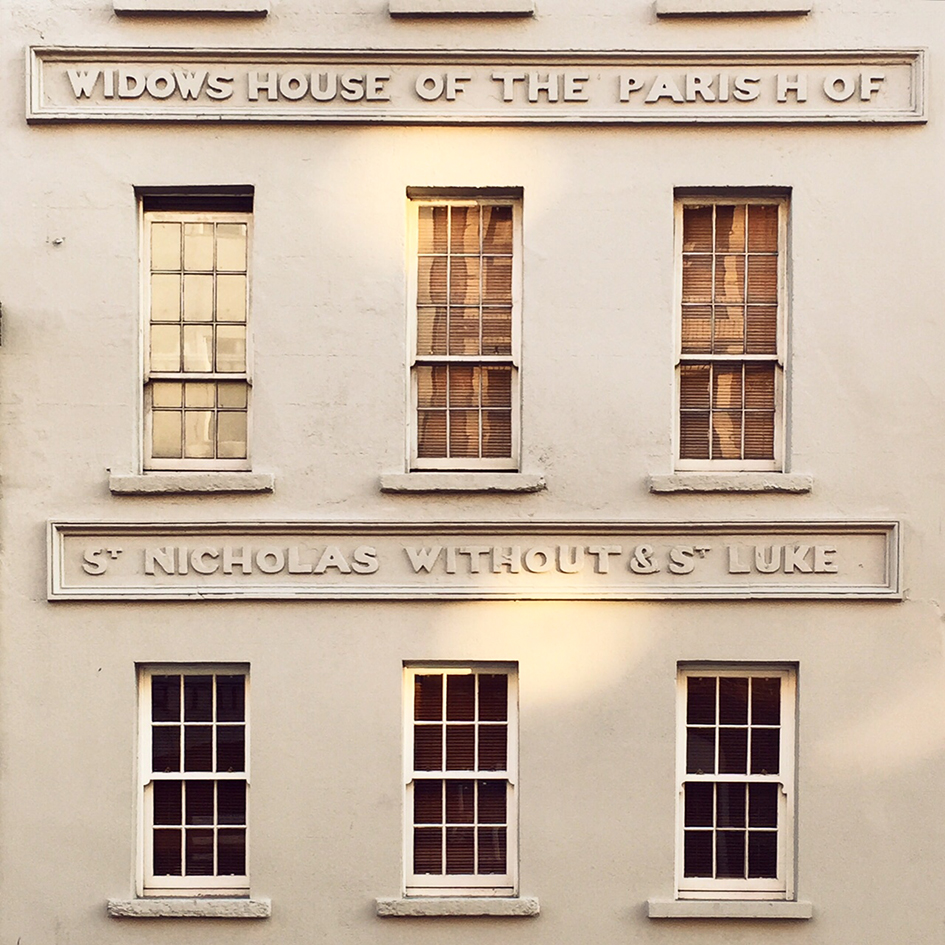

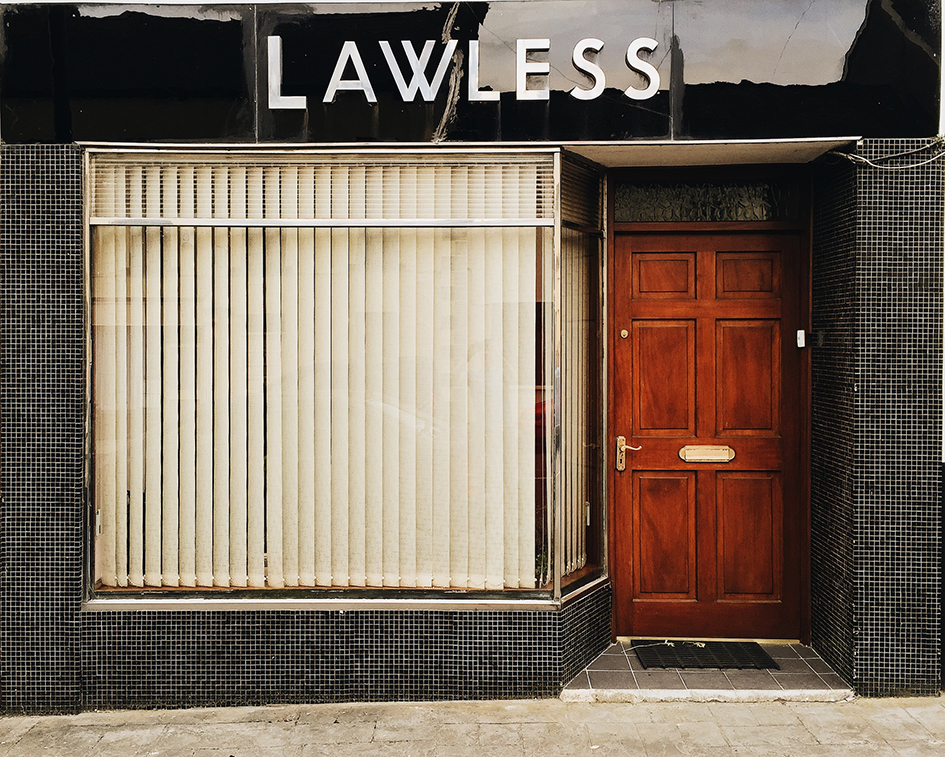
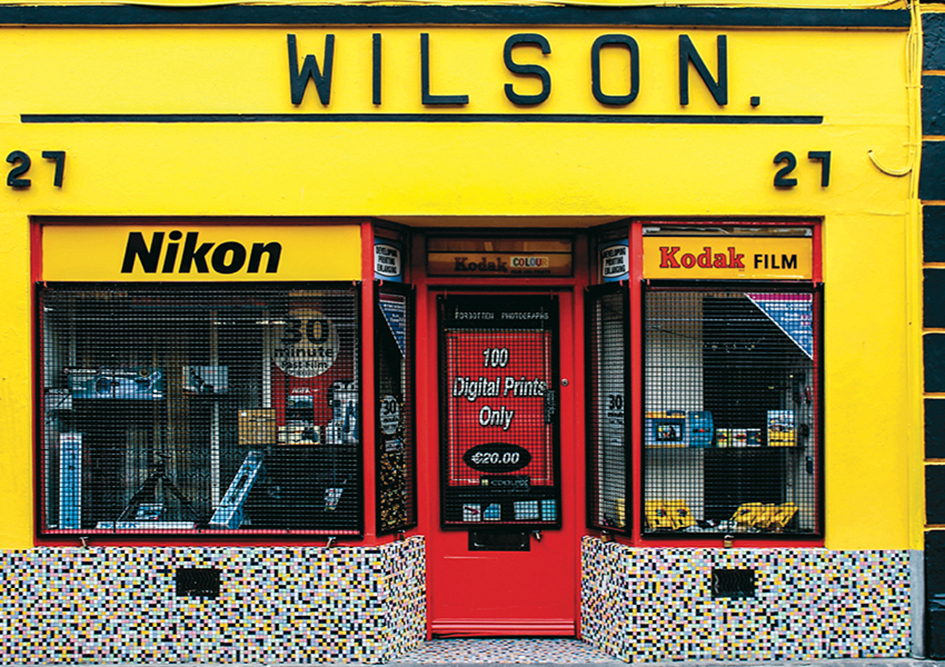
Tags/ typography, typeface, origins, logo, signage, trevor finnegan, revert design, our type, ireland, celtic tiger, the locals, gaelic type, classical gaelic, rté, garda síochána

























